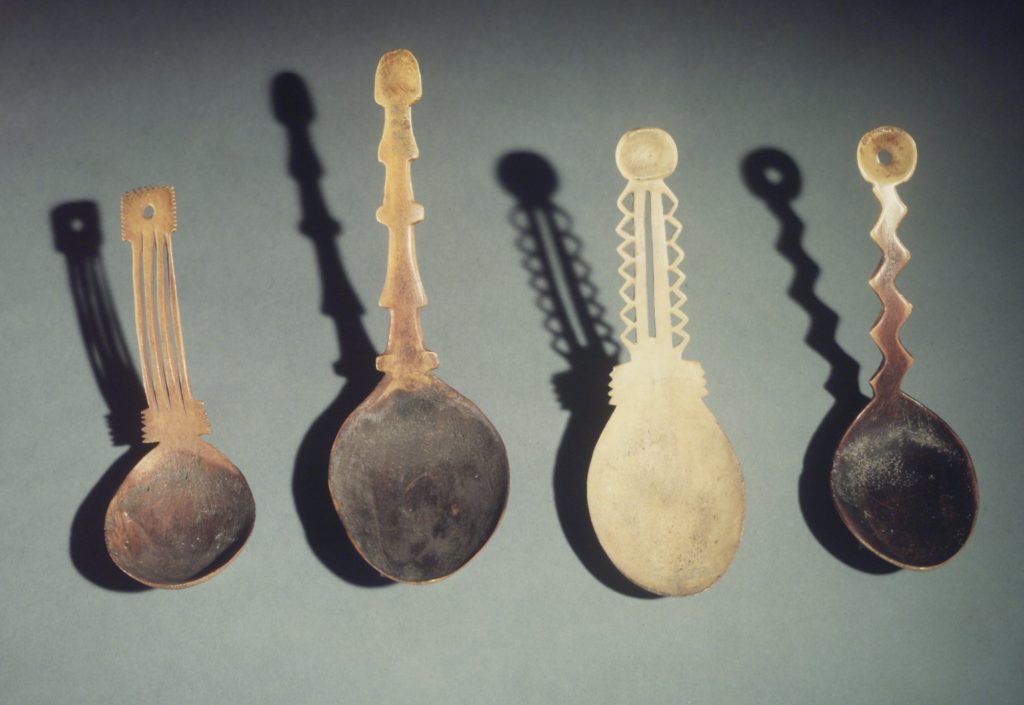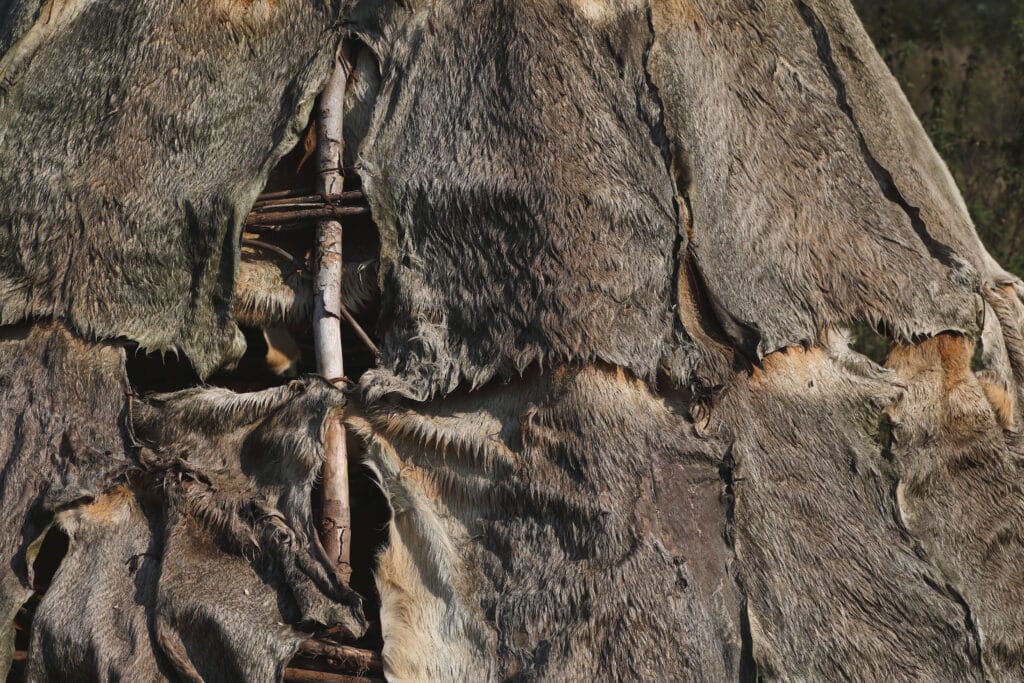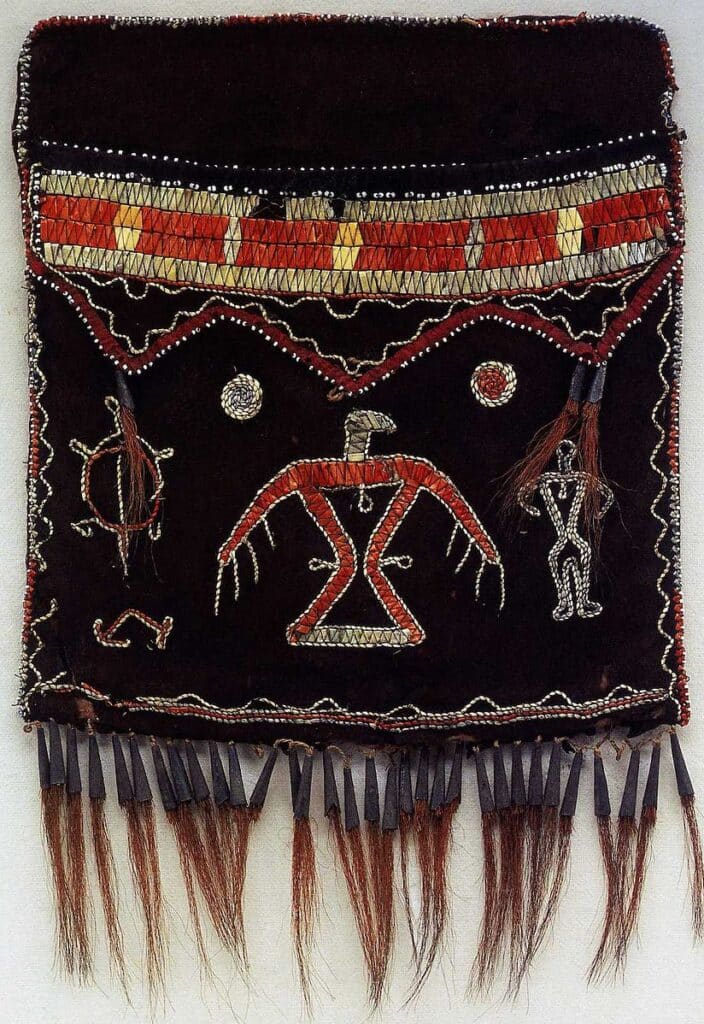Conserving Resources
Vocabulary
Read the vocabulary terms to understand the reading better.
Conservation
Conservation means the careful saving and protection of something, usually plants and animals.
Traditional
Traditional means handed down from family members or done the same way for a very long time.
Conservation means using Earth’s resources wisely and not wasting them. If people use resources too quickly, those resources might disappear. That means they will not be here for others to use in the future. Many governments, companies, and organizations now understand how important conservation is. So do people just like you. They try to do what they can to conserve resources.
People today are not the first to care about how Earth’s resources are used. Indigenous Peoples in Canada have practised conservation for a long time.

your teeth conserves water

practised conservation for a long time
Traditional Indigenous Cultures
Most traditional Indigenous people believed that they were the caretakers of Earth. They believed that everything on Earth was connected. This meant that all things had to be treated properly or other things would be affected. For example, if all the rabbits in an area were killed, this would affect other animals. Animals that ate rabbits, such as foxes, would probably leave the area. Plants that the rabbits ate would grow more and take over other plants. The area could change in many ways because there were no more rabbits.
So Indigenous people took only the resources that they needed. They were also careful about how they took these resources. The First Nations people of the Kluane region in Yukon were hunters. They used all parts of the animals they killed. Most of the animal was eaten. The antlers of large animals such as moose were made into tools, spoons, knives, and needles. People tanned the animal hides, which changed the hides into leather. They used hides and furs to make clothing and shelters. Hides that were not tanned were used to make snowshoes and hunting bags. They even used the animals’ intestines and bladders to make containers for cooking and storage.



Anishinabe Culture
Many Anishinabe people lived in the forest areas of Ontario, where they hunted and gathered food. They moved a number of times during the year to find food and to follow food sources. But they also moved around to make sure they did not use up all the food in one area. Most of the year, the Anishinabe lived in small bands. But during the warmer months of the year, they gathered in larger groups for a while. During that time, they celebrated the end of winter, saw old friends, and made new friends. The Anishinabe then moved on again. They stayed in places where they found fish, berries, and wild rice to live on but they never stayed for very long.


Show What You Know!
Complete some questions about the reading selection by clicking “Begin Questions” below.









